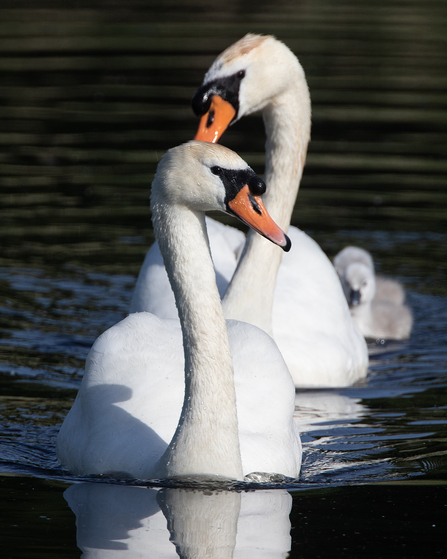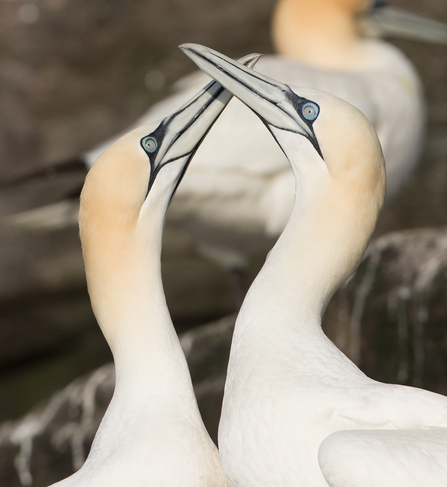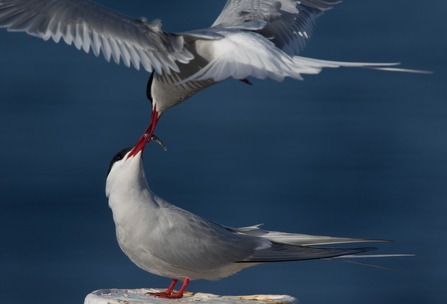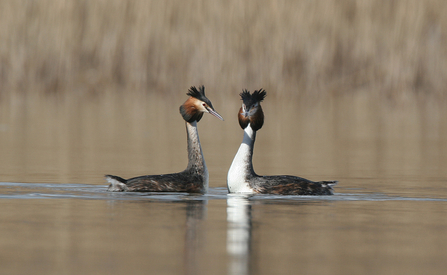It is well known that Mute Swans pair up and stay together for life. Monogamy (having just one partner), is the standard practice with most birds, at least over one breeding season, it is however much rarer over many seasons and there all sorts of other shenanigans that go on with certain species.
Whilst it is true that Mute Swans mate for life, it is also said that if one of the pair dies the other swan then remains single, this is not true, they can have a second chance at “love”. It is not perhaps all that surprising that Mute Swans remain together from year to year as they are sedentary birds, so it is easy for them to stay in touch, and if you are a huge, bright white bird it is probably quite tricky to sneak off with another!











